When you think about keeping your e-commerce store running smoothly — one of the things that often comes to mind is putting it on “autopilot.”
Other thoughts that follow would also include building a robust MarTech stack to automate and improve your marketing efforts, which is crucial for keeping your customers engaged.
Given the current marketing trends, the importance of MarTech in scaling e-commerce cannot be ignored. In 2024, ChiefMartec reported a 27.8% growth, expanding from 11,038 solutions in 2023 to 14,106.
What does this tell you as an e-commerce brand owner?
More businesses are leveraging marketing technology to gain a competitive edge—and you should, too. But before you invest in a MarTech stack, it’s essential to understand why you need it and what factors to consider to ensure it’s the right fit for your business.
When scaling your online store with MarTech, you can create a seamless customer experience across all touchpoints, gain better insights into your marketing efforts, and focus on what your customers think about your brand.
This guide will give you compelling reasons to invest in MarTech for your e-commerce growth.
Let’s get started.
Understanding MarTech for E-Commerce
Marketing Technology, MarTech, combines software and tools to automate and measure marketing workflow and tasks. When you begin building your MarTech stack, you’ll see many softwares and tools such as Customer Relationship Management (CRM) systems, Email marketing platforms, Social media management tools, Analytics software, etc. These components can help with effective marketing, better customer engagement, and more sales.
As part of your e-commerce journey, MarTech can help you grow by helping you discover your target audience and engage with them better while personalizing your marketing messages, automating repetitive tasks, and gaining valuable insights from data analytics.
With MarTech, you can augment your operational efficiency and transform your customers’ shopping experience.
Considerations E-Commerce Brands Should Know
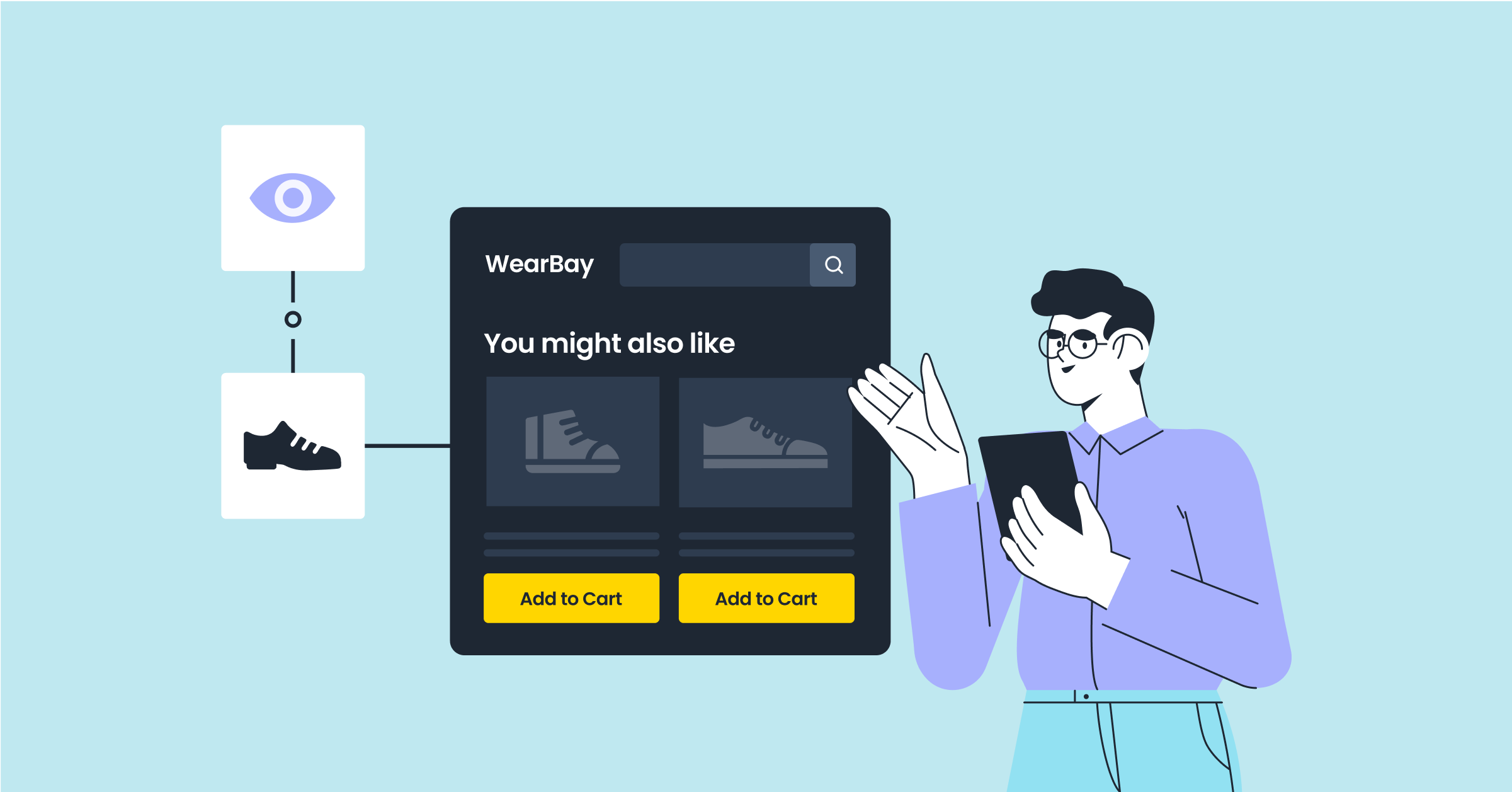 Understanding and using the right MarTech strategies when running your e-commerce store means you are ready to scale your business. The challenges and opportunities appear unique at each growth stage, so let’s help you understand them.
Understanding and using the right MarTech strategies when running your e-commerce store means you are ready to scale your business. The challenges and opportunities appear unique at each growth stage, so let’s help you understand them.
Identifying Your Growth Stage
Without knowing your growth stage, you won’t be able to scale your e-commerce brand with any MarTech tool.
Ask yourself: Is your business a startup, whether bootstrapped or VC-funded?
You must also identify whether you’re looking to grow fast or become a household brand known by your customers. Do you want to reach more people, increase ROI, and scale even better?
You’ll agree with us that brands at each of these stages will need a different approach. If you’re at a very early stage, your focus is likely on building brand awareness and acquiring new customers; your MarTech stack should reflect that. As you grow, customer retention and optimizing your marketing spend will be your priority.
Pro Tip: We do this for brands at the WebEngage Startup Program. We have helped over 300+ startups grow and scale their businesses for six months with free access to the WebEngage retention stack. Learn more about the program and apply here.
Customer Data Management
Controlling the quality of your data is also essential for scaling your e-commerce business. It will give you insight into how to talk to your customers, tailor their experience, and make more informed decisions. Getting tools like a CRM and a data platform for analytics is excellent for your MarTech stack. You can access your customers’ data and manage and analyze them efficiently.
For instance, our platform at WebEngage enables you to segment users and create behavioral-tailored marketing messages for websites, in-app, and push notifications. Also, data privacy and compliance with regulations like the GDPR are necessary for rooms like this. You’re building on transparency about the data you collected, how you use it, and providing customers with control over their data.
Personalization and Customer Experience
This is the core of your use for a MarTech product. Personalization is key to standing out in the e-commerce industry, so you should consider using MarTech to send personalized marketing messages that will reach your customers.
It thrives on discovering how your customers behave and what they like to offer and recommend. Taking Amazon as an example, they succeed at tailored offers and targeted marketing based on their data from each customer’s shopping experience. See how we helped Shoppers Stop, a leading retail chain brand, contribute to a 2X increase in CRM revenue here and how we can help your brand.
Marketing Automation
Marketing automation is another necessary stack for your MarTech when considering scalability. With this automation, you’ll put repetitive tasks like email marketing and social media posting on auto-pilot.
These automation capabilities save you time and help maintain a personalized customer connection, driving higher engagement and conversion rates. Automation tools like WebEngage will help you engage your customers with minimal effort at multiple touchpoints.
For instance, on our platform, you can set up automated welcome emails to greet new subscribers, send timely cart abandonment reminders to encourage purchase completion and deliver personalized product recommendations based on user behavior and preferences.
We have an extensive e-book tailored to e-commerce brands with examples of strategies brands use to scale. Grab it here.
Omnichannel Marketing
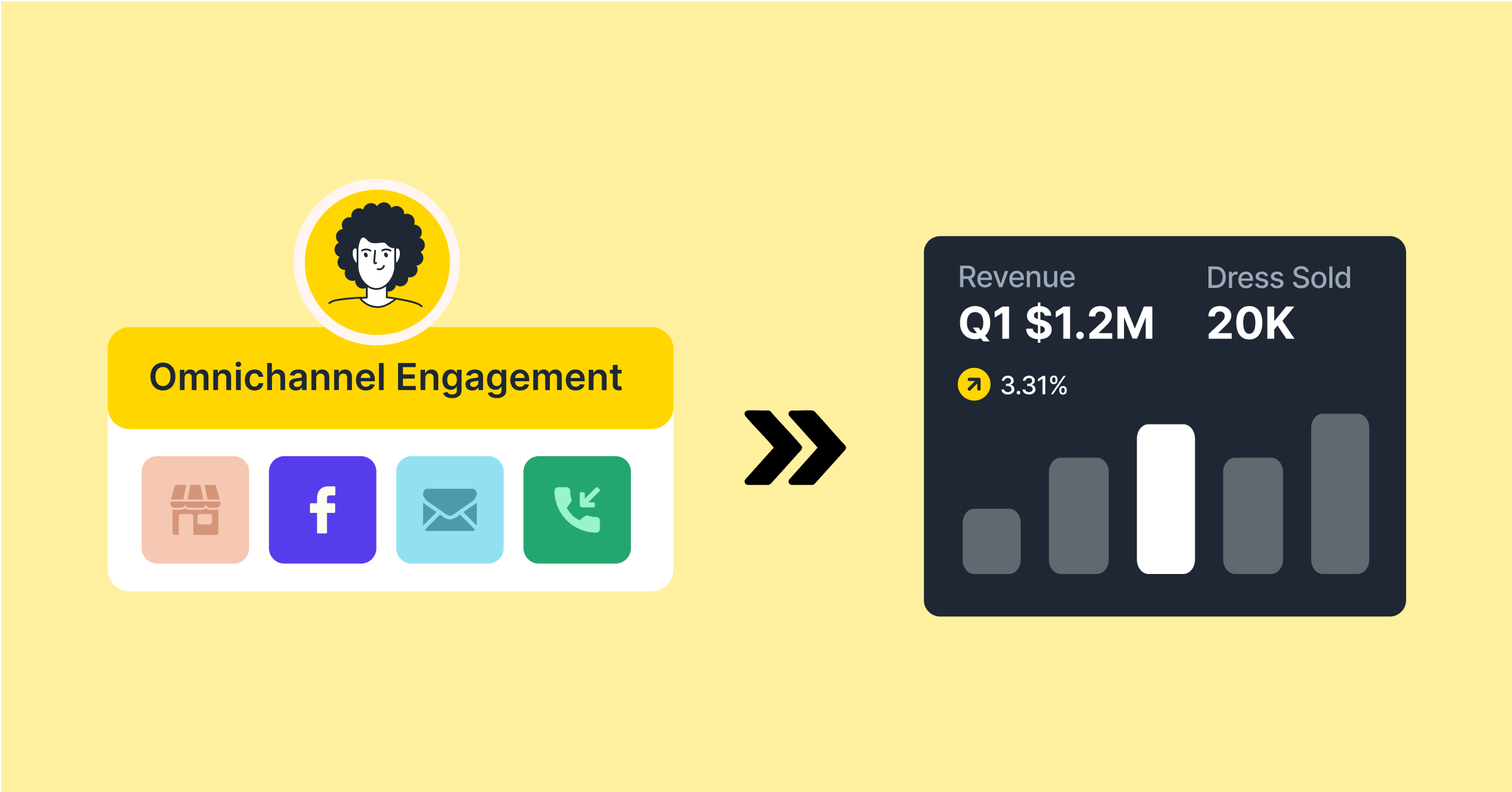
These days, customers interact with brands across many channels. An effective omnichannel MarTech stack is also essential to scaling your e-commerce brand. This not only means that your customers will have a consistent experience but also that they will be able to have a consistent experience with you, whether they contact you through email, social media, or in-store.
Your MarTech allows you to combine all these channels to create an integrated customer journey. This means ensuring customers can seamlessly transition between channels without experiencing any inconsistencies.
Pro Tip: If you’re looking to learn from people who have walked the talk, we have a podcast on our State of Retention Marketing podcast where Harsh Garhwal, the former VP of eCommerce at DaMENSCH, spoke about driving sustainable growth for your brand. Listen here or watch on YouTube.
SEO and Content Marketing
Content is like oxygen for any brand looking to scale, and e-commerce is no exception. Optimizing your SEO and content strategies is essential to attracting and sustaining customers. An effective SEO MarTech tool helps to increase the chances that your website will appear first on the search engine results page, making it simpler for potential customers to find you. It can also increase your visibility and get you more traffic, generating more conversions.
If you want SEO insights, platforms like SEMrush and Moz can give you a full review of the keywords that best fit the industry you target and your audience. Using this in your MarTech stack will help you in keyword research to find out the types of words your potential customers seek so that you can create your content accordingly. Optimizing your website’s content with these keywords can increase organic traffic.
Performance Analytics and Reporting
You need robust analytics and reporting tools to understand the impact of your e-commerce marketing efforts and make informed decisions. They help track even the minor details—what customers are doing, which campaigns are working, and how your business is growing. With these insights, you can refine your strategies for maximum effectiveness and drive sustained growth.
Suppose you don’t want to use a stand-alone MarTech analytic tool like Google Analytics. In that case, we have an inbuilt analytics tool on our marketing automation platform at WebEngage that provides analytics features that can monitor your key metrics. With us, you have all you need for automation in one place instead of switching between apps.
Choosing the Right MarTech Stack
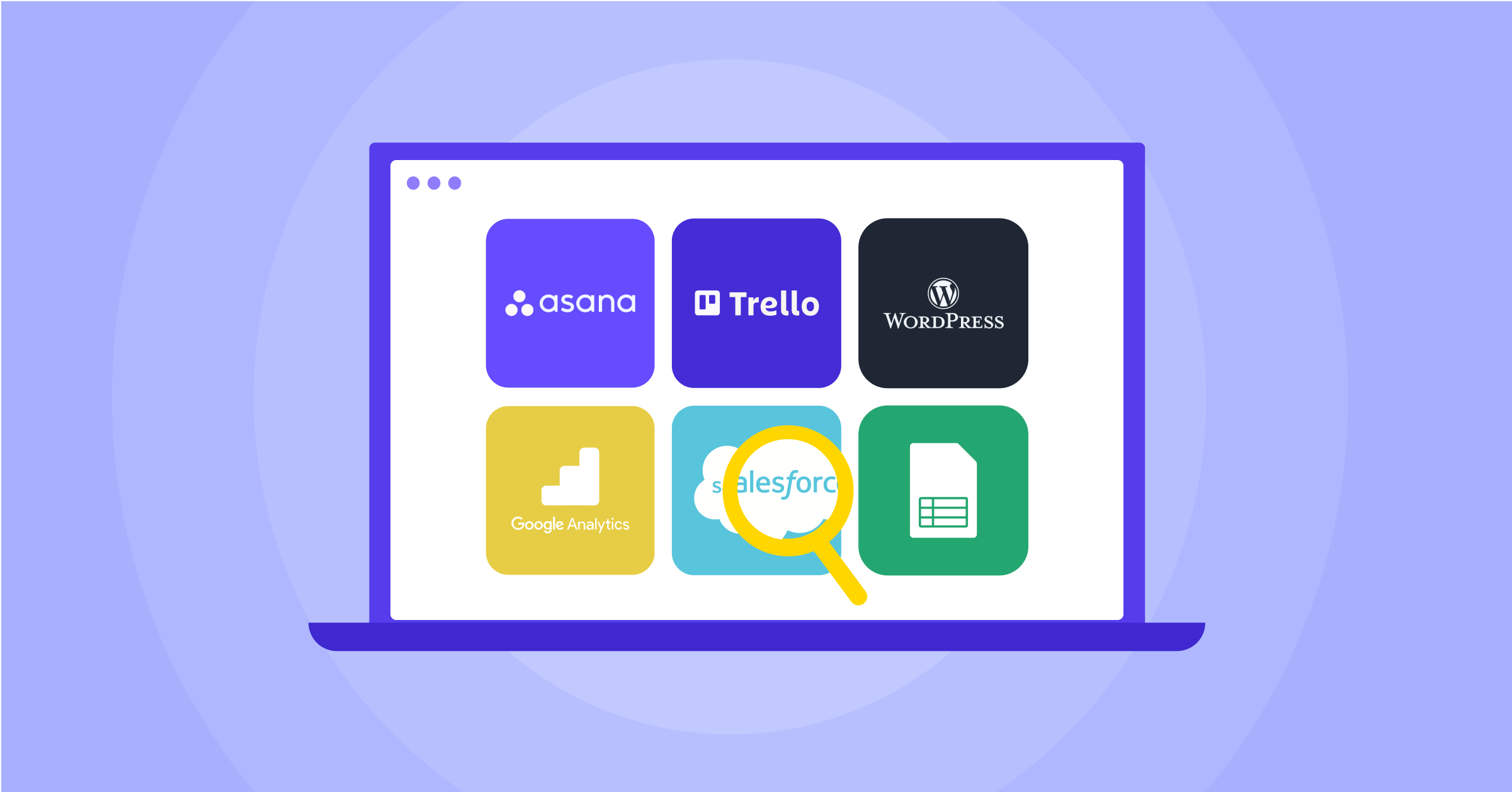
So, when you select MarTech tools, you want to align them with your e-commerce business goals; for example, you want to increase sales, improve customer engagement, or raise brand awareness.
Here are some things to note:
- Think about the tool’s scalability. Hopefully, they will grow with the business and be able to handle the increased customer data volumes and user loads.
- You also have to confirm if the tools have the integration capabilities to work without glitches in the existing setup of the different systems, such as CRM, ERP, and other marketing platforms.
- Look at ease of use, and therefore, opt for tools that are easy to use and can be used by your team without the kind of training that would bog them down.
- Evaluate the budget and expense difference, including the initial set-up costs and the subscription fees, to make sure the price falls within your financial plans. Remember what we said about stages of growth? This is where to consider it.
- Check if the providers offer robust customer support, resources such as training materials, and a robust community or network for troubleshooting.
- You should always choose tools that are customizable and flexible so that you can customize their functionalities to your business and your business goals.
- Check if the tools meet data protection laws, such as GDPR, and have proper data security for customer data.
- Get involved in researching the performance and reliability of the tools, looking for any information on known issues that could affect your operation. A good place to start is G2 and Capterra reviews.
- And for the final point, choose tools with robust analytics and reporting capabilities to track and measure the ROI of your marketing efforts effectively.
Having the right tools is essential to making your brand stand out in the crowded e-commerce space. We’ve covered the basics to help you get started, but now it’s time to take action.
With MarTech, you can engage customers more effectively, reduce operational costs, and reach your business goals. The right tools also help you create personalized experiences, run a more efficient store, and increase profits.
If you’re looking to start your marketing automation journey? You found us at the right time; we’ve helped over 800 brands, and our results speak for us.
Be the next one to share your testimonial with us for your e-commerce business. Book your demo here.
FAQs
-
- What tools can help my online store handle more customers?
To handle more customers, use tools like e-commerce platforms for managing sales, analytics software to understand customer behavior, and automation tools for inventory and customer service. These help streamline operations and improve customer experience as your store grows.
-
- How can technology improve my online store’s performance?
Technology can improve your store’s performance by automating routine tasks, providing insights into customer preferences, and optimizing your website for a better user experience. As your customer base expands, this leads to more efficient operations and higher sales.
-
- What challenges may I face when expanding my online store with technology?
When expanding, you might face challenges like integrating new systems, keeping data accurate, and ensuring your MarTech stack can scale. Address these by choosing compatible tools, regularly checking data accuracy, and selecting solutions to grow your business.



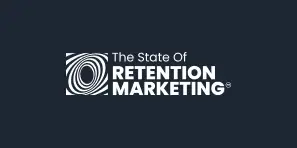

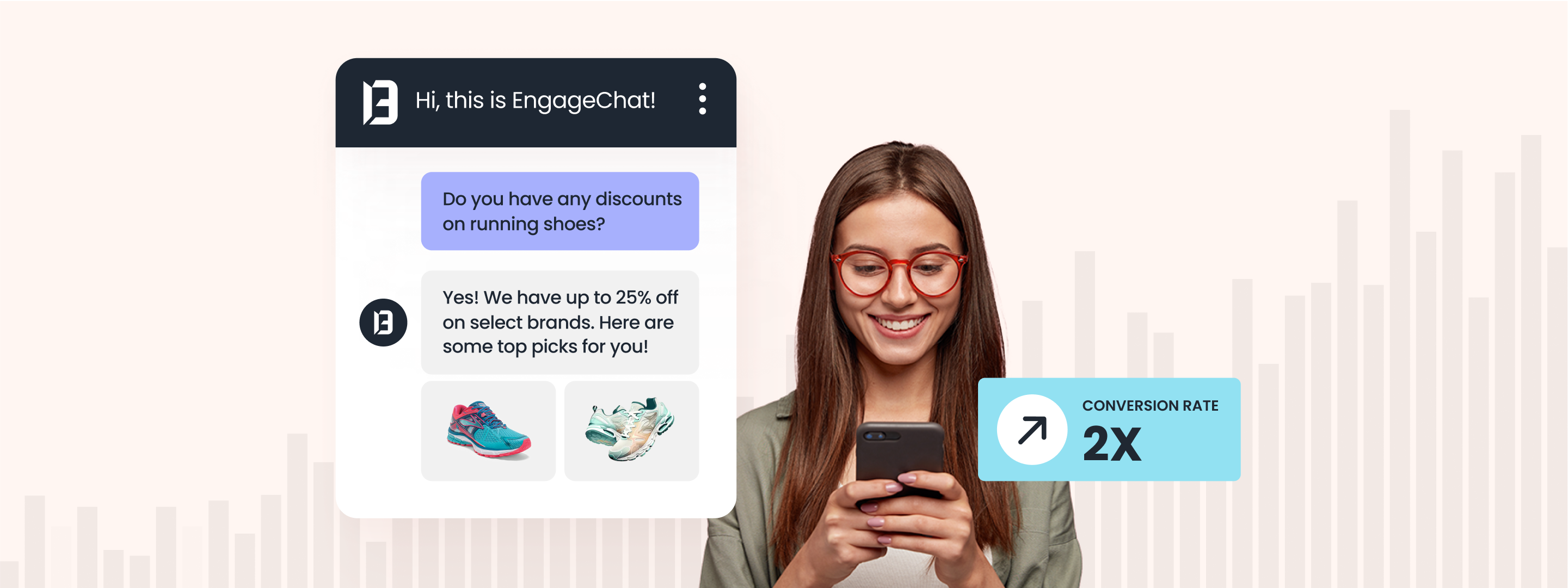

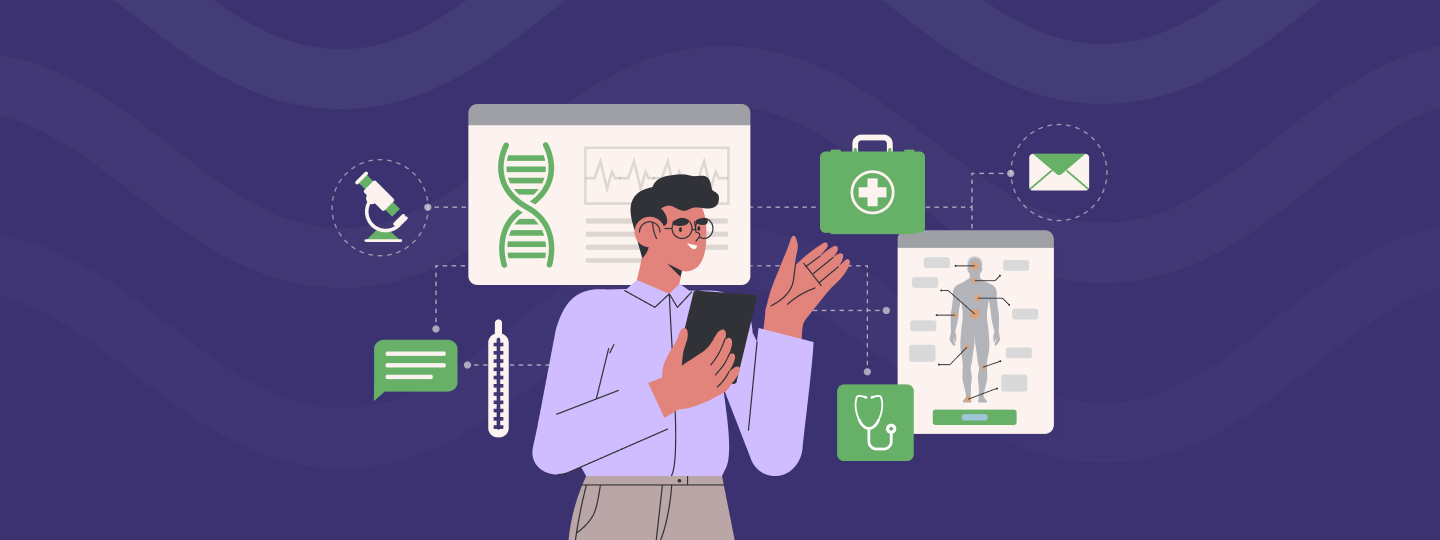
 Vanhishikha Bhargava
Vanhishikha Bhargava
 Prakhya Nair
Prakhya Nair
 Priyam Jha
Priyam Jha